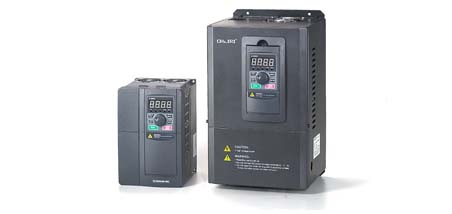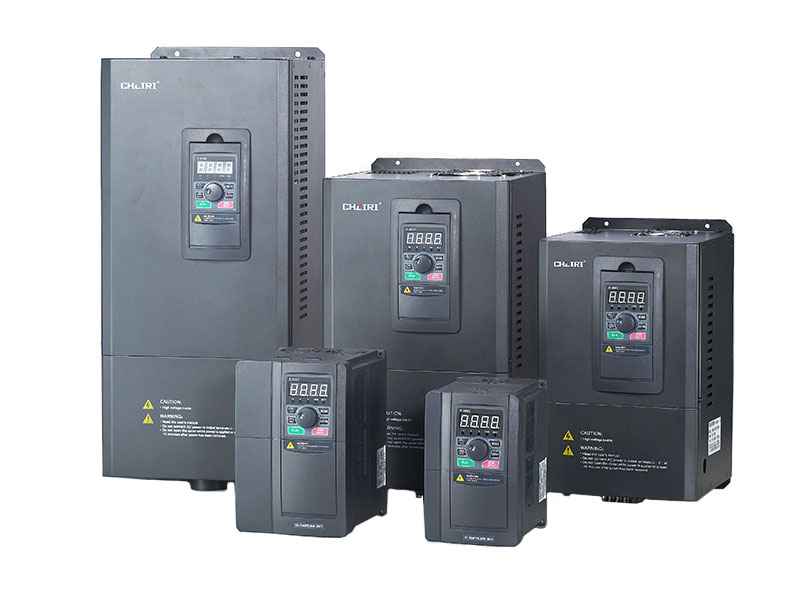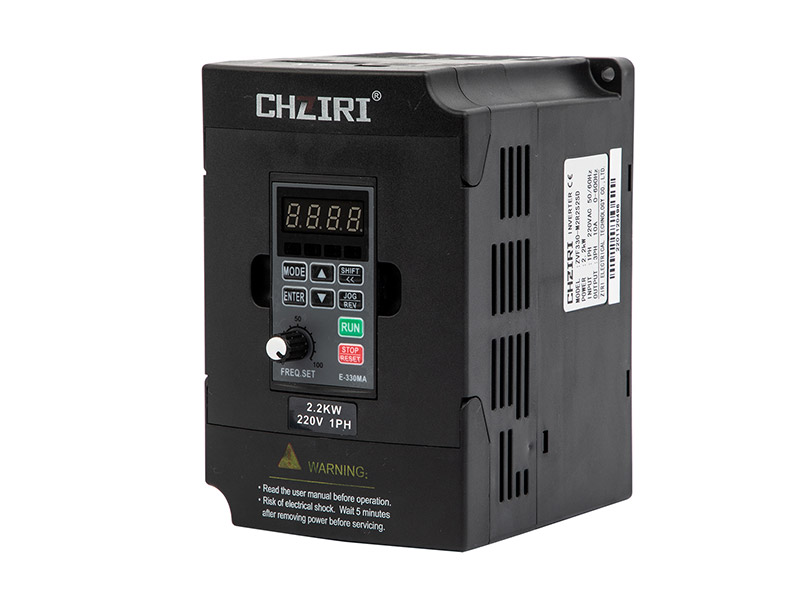What is a Solar Pumping Inverter
A Solar Pumping Inverter is a device designed to convert the direct current (DC) electricity generated by solar panels into alternating current (AC) to power water pumps. This allows for efficient use of solar energy to operate pumps for applications like irrigation, livestock watering, and other water management tasks.
1.Key Functions of Solar Pumping Inverters
- DC to AC Conversion: They convert the DC electricity from solar panels into AC electricity, which is necessary for running most types of water pumps.
- Maximum Power Point Tracking (MPPT): This feature optimizes the power output from the solar panels by adjusting the electrical operating point to ensure maximum efficiency.
- Pump Control: They manage the operation of the water pump, including starting, stopping, and adjusting speed based on water demand and solar energy availability.
- Protection and Safety: Inverters include protections against overvoltage, undervoltage, overcurrent, and overheating to ensure safe operation and longevity.
- Energy Management: Some models include energy storage options or integration with batteries to provide power during periods when solar energy is insufficient.
2.Features of Solar Pumping Inverters
- High Efficiency: Designed to maximize the conversion efficiency of solar power to pump power, reducing energy losses.
- Durability: Built to withstand outdoor conditions and operate reliably in various environmental settings.
- UserFriendly Interface: Often equipped with displays and controls for easy setup and monitoring of system performance.
- Variable Frequency Drive (VFD): Allows for variable speed control of the pump, which can improve efficiency and reduce wear on the pump system.
- Integration Capability: Can be integrated with other solar system components, such as solar panels and batteries, for a comprehensive solar pumping solution.

3.Conclusion
Solar Pumping Inverters are essential for harnessing solar energy to operate water pumps efficiently. By converting DC to AC power and optimizing performance, they support sustainable water management practices and reduce reliance on conventional energy sources.









